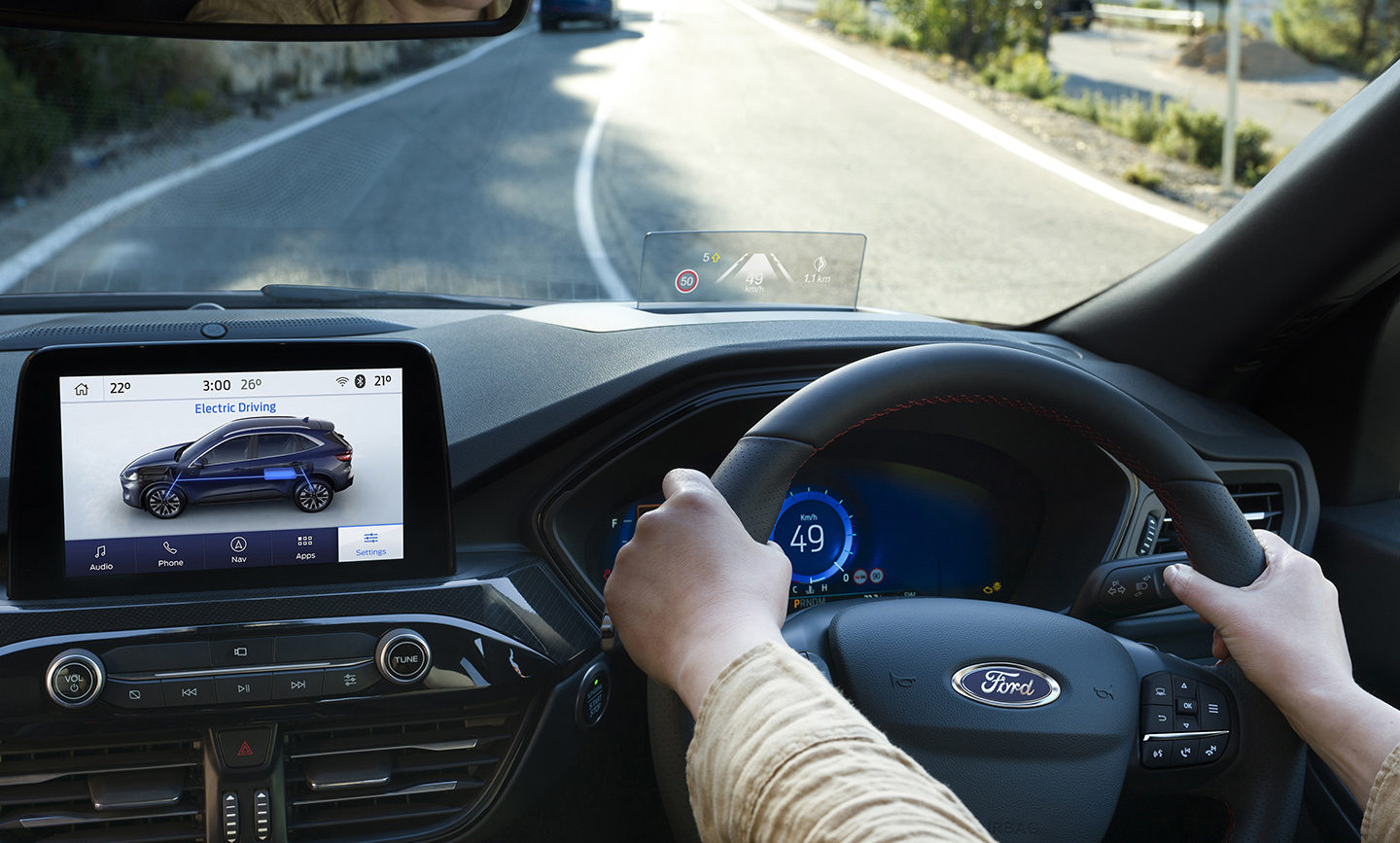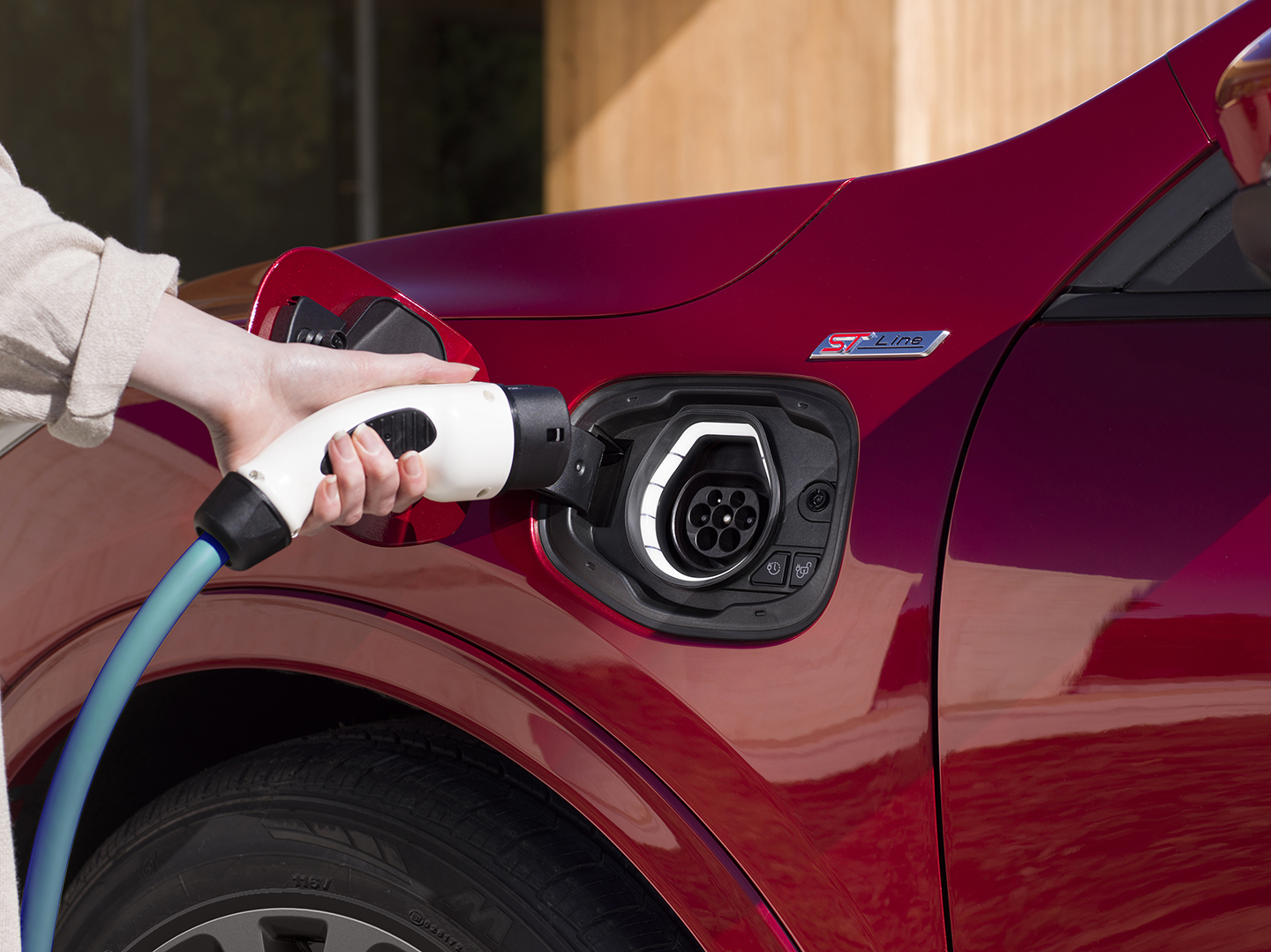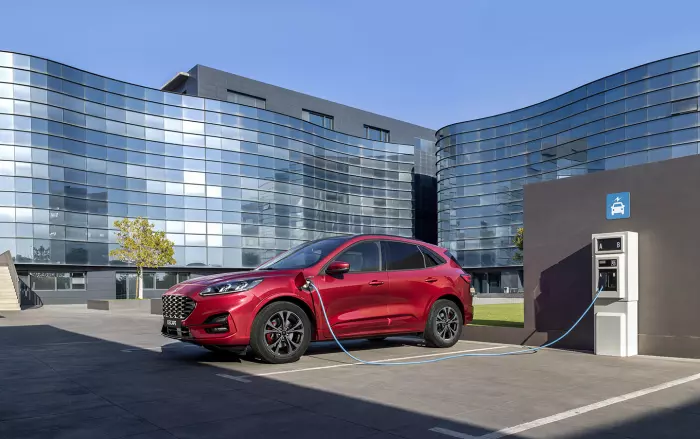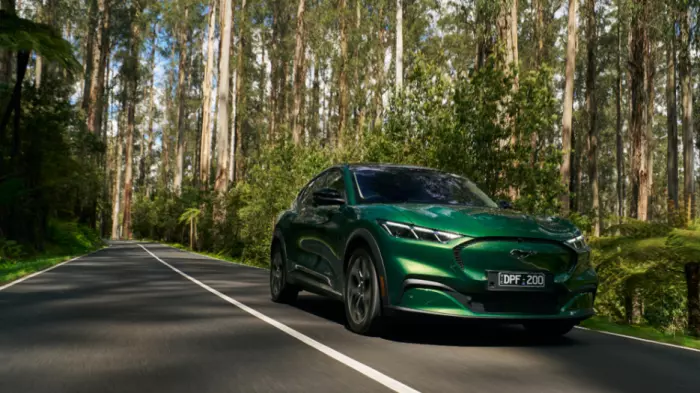I’m a big fan of plug-in hybrid electric vehicles (PHEVs), and they’re getting better and better. The newest on the market is the Ford Escape — a near-faultless car that suffers only due to the fact its lack of flaws makes it boring to write about.
Over the course of a week, prior to lockdown when I drove it several hundred kilometres, it averaged just 3.7 litres per 100km, plus a couple of electric charges. The efficiency is astounding when compared with a normal mid-size SUV.
To recap, a PHEV has a small amount of battery storage and can be charged via a wall socket or at a parking-lot charging station. Depending on settings, you can drive it as pure electric, or set it to automatically manage power usage itself.
For around-town driving, it makes sense to use as much electric as you can, but this swaps for longer trips, where the car’s management system will optimise efficiency.
The Ford Escape ST-Line X PHEV FWD (to use its full name) retails for $66,990, but the government will then give you a handy $5750 back. Nice.
 The Escape PHEV features a decent heads-up display.
The Escape PHEV features a decent heads-up display.
This model is top of the Escape range and includes a panoramic sunroof, special body kit and other niceties over the other Escape PHEV, which is on the lot at $60,990 (before feebate). By comparison, an entry-level petrol Escape is $42,990, and the most expensive non-electric version is $55,990.
This means that, taking the feebate into account, the cheaper PHEV is less than the top-spec petrol Escape, which is a tad unusual for electric cars generally.
The 14.4kWh battery is tiny compared with a pure electric vehicle, but enough to push this 1840kg vehicle 56km. As we hear from carmakers nearly constantly, that’s more than most of us need on any normal day.
Because the battery is not massive, you can charge it at your place with a normal wall plug in a few hours, or overnight.
Unfortunately, it will tow only 1200kg braked, so leave the horse float, and maybe the boat, at home.
Ford says the Escape PHEV will do 100km on 1.5 litres of fuel, which is under half of what I achieved, but either number is great compared with the 8.6 litres per 100km the rest of the range requires.
About this stage of a review, I am normally boring myself with stats and am trying to entertain you with amusing incidents and experiences during the test-drive. But, sorry, not much happened.
It is just a really good competent car.
 The Escape PHEV can be charged at home.
The Escape PHEV can be charged at home.
It comes with an eight-year, 160,000km battery warranty, and five years’ warranty on everything else. It has a five-star safety rating and oodles of safety and assistance gear, including speed-sign recognition and adaptive cruise control.
It even automatically braked when it thought I was going to rear-end a car in front of me. As the brake applied, a pink warning flashed on the heads-up display and all was safe. Then it quietly got on with doing what it does best, in a nice, polite Midwest American way.
The console includes a handy trainer to gently persuade you to be thrifty with the gas. The pop-up heads-up display, which I normally hate, somehow works well and the incorporated navigation advice is well designed.
The steering is too sensitive, and I never quite get used to it, but I imagine I would over time.
And the wireless charging panel is also too sensitive, constantly claiming obstruction even when none exists. Bit like a losing rugby team.
The stereo is from Bang & Olufsen so sounds great, although in all the Fords I have driven, I’ve never worked out how to make a radio station a favourite. I should Google that. Lazy.
The interior finish is accomplished and there’s heaps of room for whatever you need to carry. The exterior is elegant and, thankfully, not aggressive in its styling.
If you are looking for a plug-in hybrid, this has got to be near the top of your consideration list.
But its good quality doesn’t make for the most exciting of reviews. Sorry.














